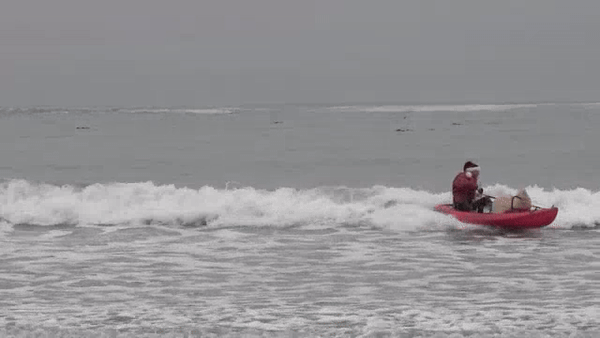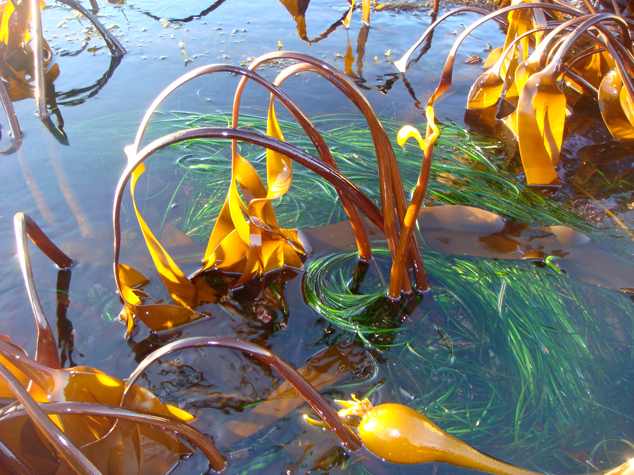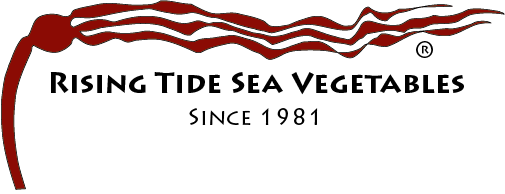WILD HARVESTED SUSTAINABLY
FOR OVER 40 YEARSRising Tide Sea Vegetables is your source for the freshest, most flavorful seaweed available. All of our seaweed is harvested with care and respect for our underwater environment, sun-dried, and prepared so as to preserve the most nutrients. From the tender Sea Palm and iodine-rich Kombu we hand pick in the pristine waters off the Mendocino Coast in California to our yummy Maple and Ginger Chewnami energy snacks, you can be sure you’re getting the very finest. Order some today and taste the difference!

Seaweed Santa takes a tumble.

